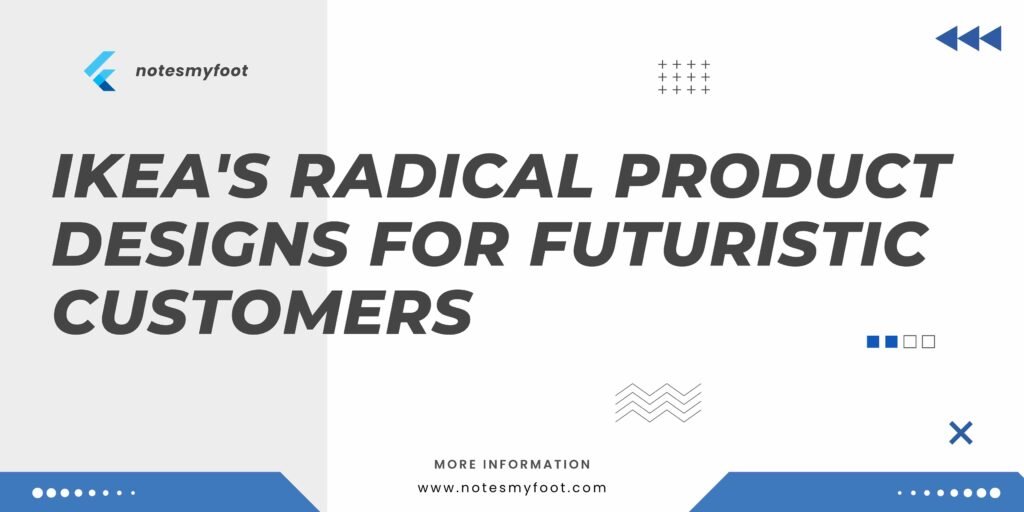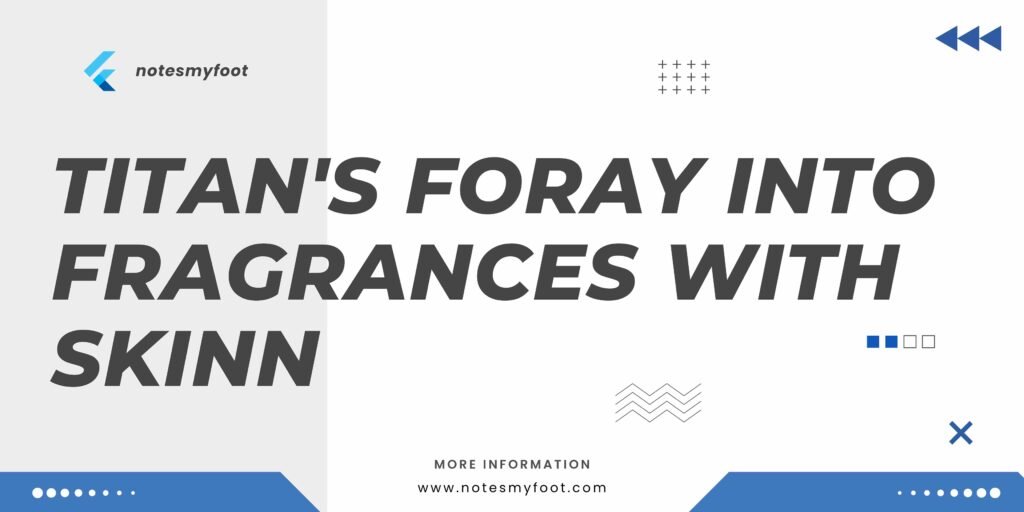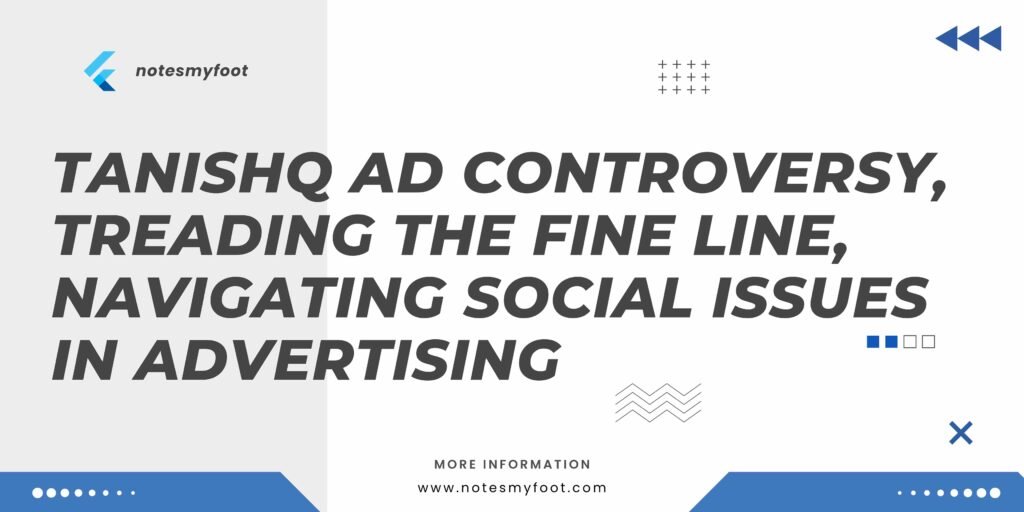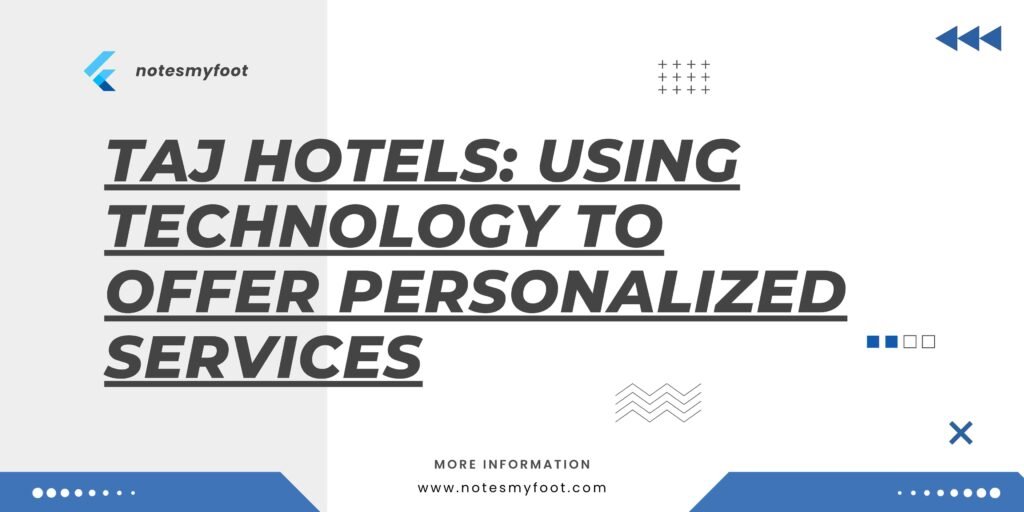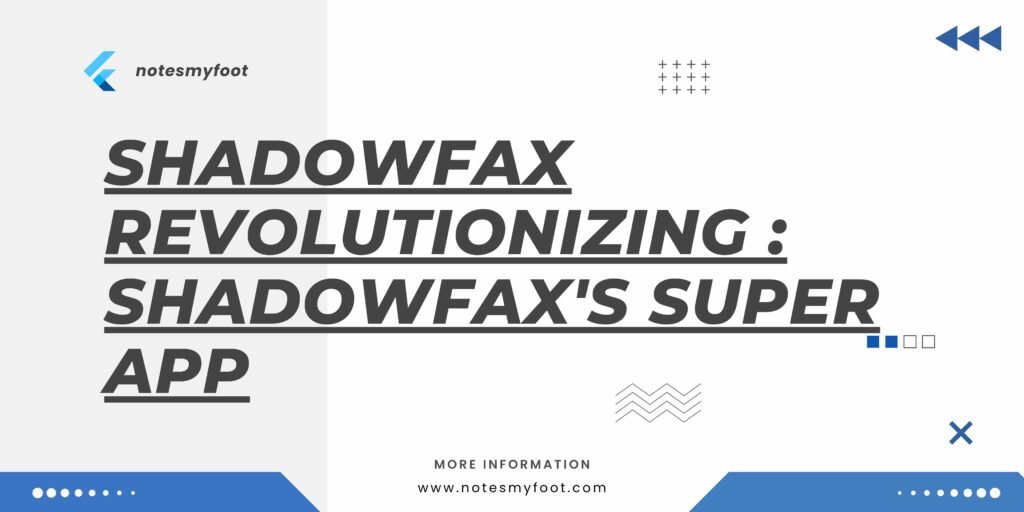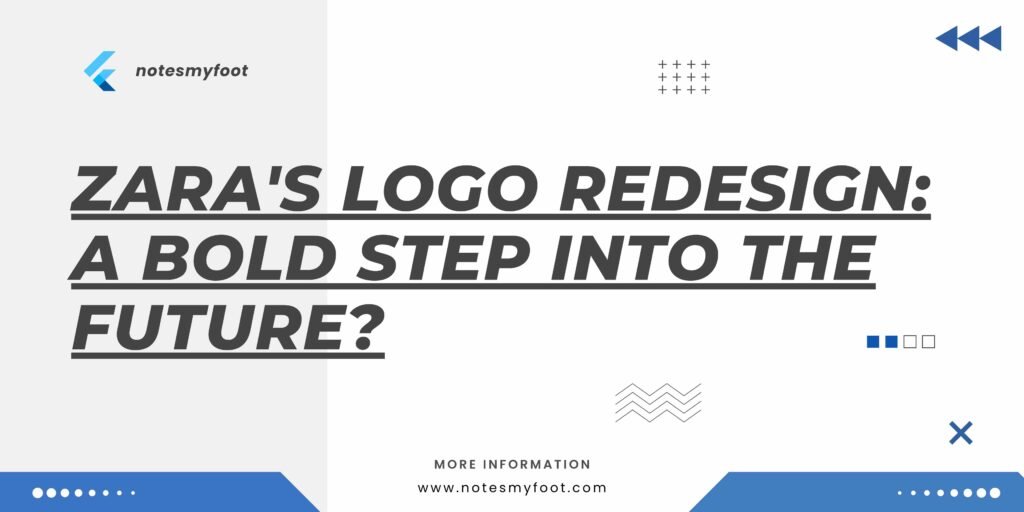
Lenskart.com Revolutionizing the Indian Eyewear Market
The eyewear industry in India has witnessed a remarkable transformation in recent years, thanks to the emergence of Lenskart.com. This e-commerce company has quickly become a dominant player in the market, setting new standards for customer experience and business innovation. In this blog post, we will delve into the various aspects that contribute to Lenskart’s unique competitive advantages, including its omni-channel retail strategy, marketing approach, and the challenges it faces in a highly competitive business landscape.
The Rise Of Lenskart
Lenskart.com burst onto the scene in 2010, with a vision to transform the way eyewear is bought and sold in India. Founded by Peyush Bansal, Lenskart positioned itself as a disruptive player in the industry, offering high-quality eyewear at affordable prices. Through its user-friendly website and mobile app, Lenskart made it incredibly convenient for customers to browse, try on frames virtually, and order their desired eyewear from the comfort of their homes.
Business Model Of Lenskart
Lenskart’s business model is built upon a strong foundation of customer-centricity and innovation. By integrating both online and offline channels, Lenskart has created an omni-channel retail experience that seamlessly blends the digital and physical worlds. Customers can choose to purchase eyewear online, visit Lenskart’s brick-and-mortar stores for a personalized fitting experience, or even have a representative visit their homes for a doorstep trial. This unique approach has not only enhanced customer satisfaction but also enabled Lenskart to reach a wider audience across different demographics.
Marketing Strategy Of Lenskart
Challenges Faced By Lenskart
Despite its success, Lenskart faces several challenges in the competitive Indian eyewear market. One significant hurdle is the fragmented nature of the market, with numerous local players and traditional opticians. Lenskart must continuously innovate and differentiate itself to stay ahead of the competition. Additionally, the company must navigate the complexities of e-commerce logistics and supply chain management to ensure timely delivery and customer satisfaction.
Conclusion:
In conclusion, Lenskart.com has emerged as a game-changer in the Indian eyewear market, redefining the way customers shop for eyewear. Its omni-channel retail strategy, innovative marketing approach, and ability to overcome challenges have positioned Lenskart as a leader in the industry. As the company continues to expand its offerings and reach, it will be fascinating to see how Lenskart shapes the future of eyewear retail in India. Also check out Quikr’s Diversification Strategy Exploring Opportunities and Challenges in the Online Portal Industry.


